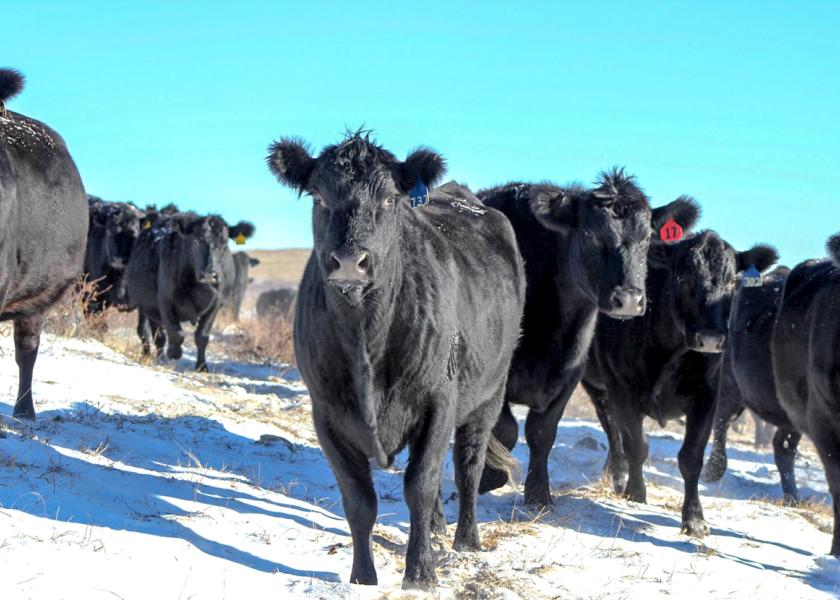Understanding the Three Stages of Parturition

Parturition, or the birthing process, has three stages. Understanding the stages is critical in order to know when/if we need to provide assistance during calving season to increase the likelihood a live calf is born alive and off to a good start.
Stage 1: Dilation of the Cervix. The may take hours or days to complete and can easily go unnoticed. Uterine muscular activity is quiet during this stage as the cervix softens and the pelvic ligaments relax. During this stage, you may notice switching of the tail and a thick clear mucus string hanging from the vagina. Cow’s appetite may decrease and they may separate themselves off from the herd. Increased uterine contractions at the end of this stage push uterine contents against the cervix causing further dilation.
Stage 2: Delivery of the Calf. This stage officially begins with the appearance of the water bag at the vulva. This is the time to start your clock. Recent research has found that healthy heifers with normal calf presentation will calve unassisted within one hour of the onset of stage two. Healthy cows with normal calf presentation will calve within 22 minutes of the start of stage two. This suggests that normal stage two of parturition should be defined as approximately 60 minutes for heifers and 30 minutes for adult cows. In heifers, not only is the pelvic opening smaller, but the soft tissue has never been expanded prior to that first birth. Older cows have had deliveries before and birth often proceeds quite rapidly unless there is some abnormality such as a very large calf, backwards calf or twin birth.
When Should We Assist? Offering assistance is a matter of judgement and good judgement is the result of experience. If you have a cow or heifer laboring and don’t know when stage two began you will need to do a vaginal exam. If possible, have the cow up on her feet, restrained in a well-lit area that is safe for both you and the cow. It is much easier when both you and the cow are standing. Start by cleaning the cow’s vulva, rectum and surrounding area, as well as your hands and arms with soap and water. Cleanliness is important. Wear protective sleeves. Gentleness and lubrication are important. Feel for the cervix, if not dilated it will feel as if your hand passes through or along a firm, tubular or circular structure. Once fully dilated, you should no longer feel the cervical ridge. Can you feel the calf? A normal anterior presentation will permit you to feel the calf’s feet and nose with the spine of the calf resting just under the cow’s spine. If the presentation is normal and the water bag is still intact around the calf, you can allow up to an hour to permit the cow to calf unassisted. If the water bag has broken and the cervix is fully dilated, the calf needs to be delivered sooner. If you detect an abnormal presentation, encounter something that doesn’t feel right or a situation you can’t manage, you will need to contact a veterinarian for assistance.
Stage 3: Delivery of the Placenta. The placenta should be shed within 8 – 12 hours after delivery of the calf. If retained, do not forcibly remove it. Administering antibiotics may be necessary if the cow acts sick. The placenta will slough out in 4 – 7 days.
Reference: The 3 Stages of Bovine Parturition. fyi.extension.wisc.edu
Mark Johnson, OSU Extension beef cattle breeding specialist, gives an overview of the three stages of calving on SunUp TV from January 15, 2022 https://www.youtube.com/watch?v=Kyrv3yDi7VM&list=PLglOSpV-Tcac6-pVMv0BEAk78_7tJCuap&index=57







